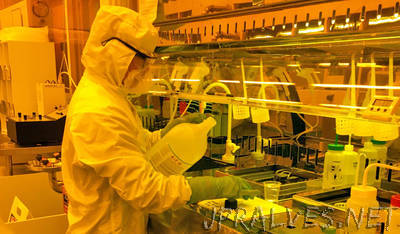
“While solar cells generate just 1 percent of the world’s electricity today, the International Energy Agency estimates that photovoltaic use will grow by 33 percent annually and, by 2050, solar energy could meet 16 percent of global electricity demand. An international summer program at the Harvard John A. Paulson School of Engineering and Applied Sciences (SEAS) shed light on two major challenges that could impede that goal—implementing renewable energy solutions on the world stage and improving solar cell efficiency. The Green Energy Materials Summer Research Program brought together 15 undergraduates — five each from Harvard, Ulsan National Institute of Science and Technology (UNIST) in Korea, and Jiao Tong University in China — for a thorough study of solar energy, including a hands-on component in which student teams designed, fabricated, and tested photovoltaic cells. Faculty from SEAS and both Asian institutions led discussions on light and photon physics, the history of solar cells, and the chemical reactions that enable devices to function efficiently. Student teams then worked together at the Center for Nanoscale Systems (CNS), using intricate nanofabrication techniques to engineer photovoltaic cells. “It was fascinating to learn how tiny particles and microscopic bits can make a huge difference in the efficiency of solar cells,” said Sophie Pesek, A.B.‘20, an intended environmental science and engineering concentrator. “When coating solar cells, for instance, a completely clean surface is required before bonding. So that means suiting up before you go into the labs and being careful not to drop or touch any of the cells you are working on.” Working at CNS was a lesson in patience for Pesek, who enjoyed the opportunity to see what research in a lab is really like.”
